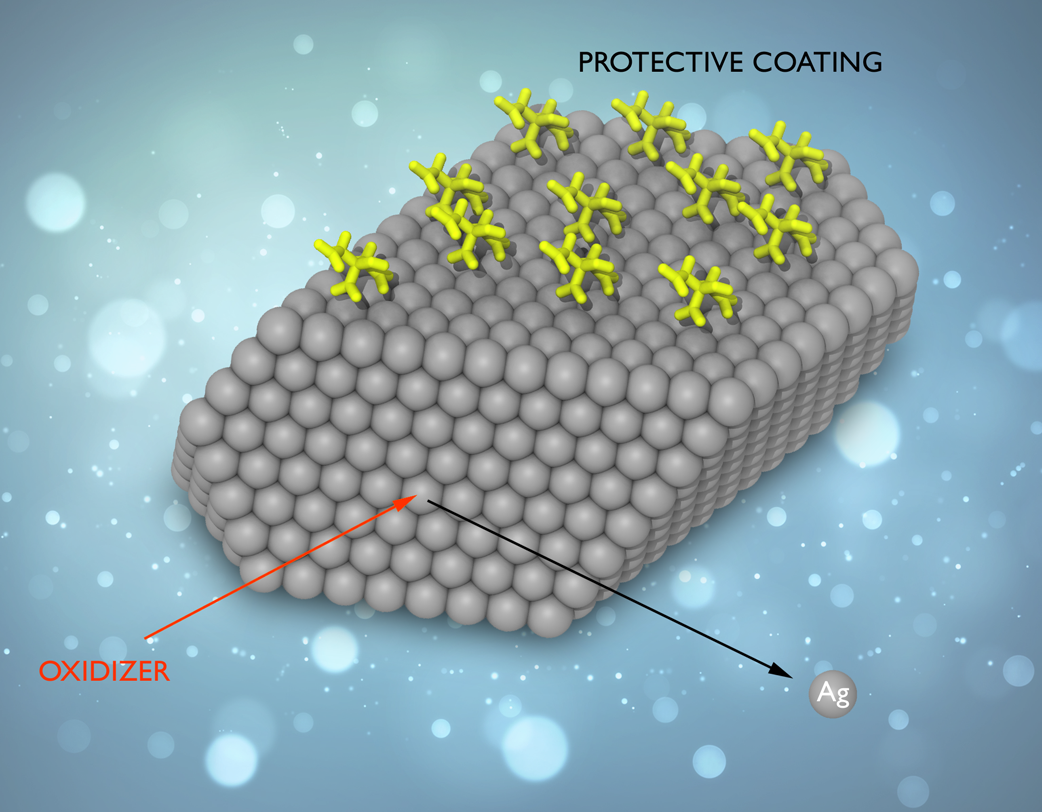Computational Modeling
Our leading edge computational modeling capabilities are a powerful solution that allows researchers to clarify and augment knowledge gained from experimental data to produce the most comprehensive picture of the ultimate fate of nanomaterials in the environment. State-of-the-science quantum chemical and molecular dynamics approaches are used to predict the properties of nanoparticles that drive their ultimate transport, fate and toxicity.

Molecular dynamics models predict the interaction of silver nanoparticle coatings with environmental matrices

ERDC’s high performance computing facility enables fast computations using state of the art facilities
Capabilities
- Atomic Force Microscopy
- Raman Microscopy
- High Performance
Computing Platform
Education
- Ph.D., Physics, 1996, Banaras Hindu University, India
- M.S., Physics, 1991, Banaras Hindu University, India
Research Interests
- Fate and transport of emerging contaminants
- Surface modeling and interactions
- Multifunctional materials modeling
- Macromolecular modeling
- Artificial intelligence/Machine learning (AI/ML) in computational chemistry
Dr. Manoj Shukla
Senior Research Physical Scientist and Computational Chemistry Team Leader